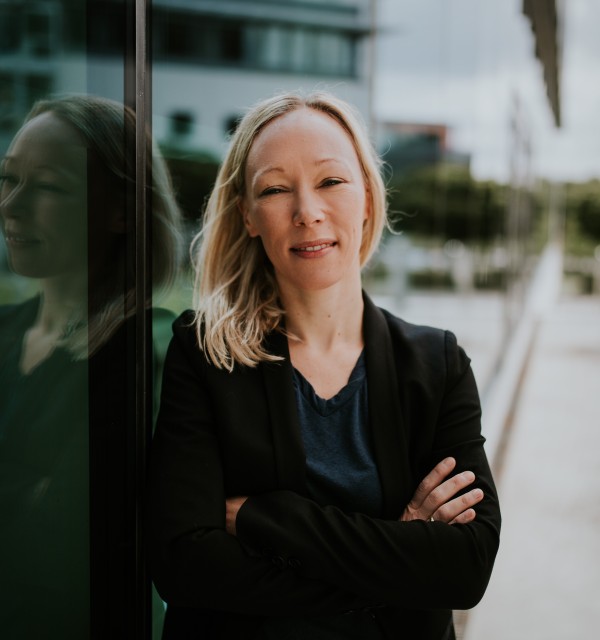The Scandinavian media model is under pressure. Investigating these pressures across the region provides new insight into the structural framework conditions that change people’s everyday media use.
The project involves researchers from the Department of Media and Social Sciences at the University of Stavanger, Karlstad’s University, the IT University of Copenhagen and Vrije University Amsterdam.
The project is financed by the Ander Foundation, Anne Marie och Gustav Anders stifelse för mediaforskning, whose aim is to support a free and independent press.
Digital news agendas in Scandinavia

The Scandinavian countries share a number of characteristics in their media systems that come under pressure due to the digitalization of society.
Business models are challenged by social media such as Facebook and Google, ownership structures concentrate, and media regulations and support systems face new claims to legitimacy. Programmatic advertising and algorithmic news production and curation increase the pressure on journalism and its organization.
This research project investigates how digitalization impacts the features of the Scandinavian media model, including the state/private balance, regulatory framework conditions, local newspaper structures and the role of public service broadcasting.
The digital media economy
How does changing economic conditions affect the news media?

Of particular concern for the project's investigation is what happens to journalism as local newspapers encounter the digital economy.
Postdoc Nina Kvalheim investigates newspaper ownership and digitalisation. Kvalheim is particularly interested in how the newspaper business changes in light of new market conditions, and the future of print and digital news.
Professor Helle Sjøvaag is working on a book (out on Routledge in 2021) on journalism’s business models. The book deals with the factors that remain relatively unchanged despite digitalization processes, particularly in terms of media use, ownership, income and regulations.
Journalism Between the State and the Market (Routledge, 2021)
The non-substitutability of local news? Advertising and the decline of journalism's umbrella market model (Sciendo, 2021)
You Should Read This Study! It Investigates Scandinavian Social Media Logics (Tandfonline, 2021)
Toward ‘Cultures of Engagement’? An exploratory comparison of engagement patterns on Facebook news posts (Sage Journals, 2021)
Strategic and Organisational fit in Corporate News Markets: A Principal-agent approach to Studying Newspaper Mergers (Journalism Practice, 2020)
Media Ownership and Journalism (The Oxford Encyclopedia of Journalism Studies, 2019)
Algorithms in journalism
What kind of journalism turns online readers into subscribers?

Ph.D. candidate Thomas Owren investigates what kind of journalism turns online readers into subscribers. Online newspapers are constantly working to get people to pay for news. Owren is particularly concerned with how this impacts digital journalism, and how algorithmic processes affect traditional news values.
Risk in the news industries
What do newspaper CEOs consider to be risks in the Scandinavian news landscape?

Foreign actors such as Google and Facebook are part of makes this landscape risky, particularly in terms of the advertising market. Regulation is an additional area of concern across the three countries. The aim of this project is to uncover expectations and concerns at the CEO level that can affect the media landscape in the future.
Digital information spheres
How strong is of the journalistic network in relation to other networks in the online sphere?

The project has collected large amounts of hyperlink data from the Danish, Norwegian and Swedish online landscape.
The aim is to uncover the strength of the journalistic network in relation to other networks in the online sphere such as the political, commercial, public, civic and organizational networks.
Analyses will show which networks journalism is closest associated with, the extent to which polarization can be found in the Scandinavian online sphere, and the position of digital/alternative media and influencers in the network.
This article investigates the Scandinavian online news network (Digital Journalism, 2019)

